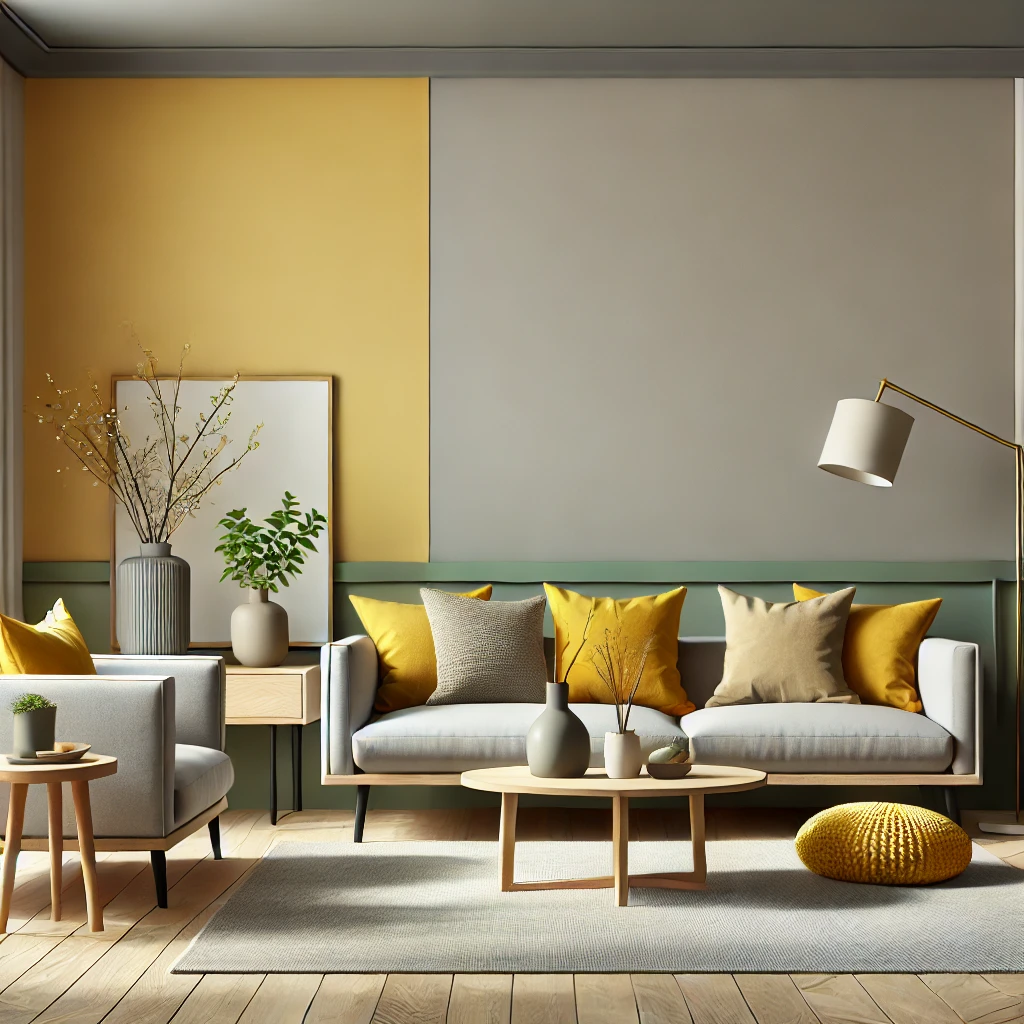The Power of Color Combinations: How to Choose Colors for the Perfect Interior

Colors are the foundation of interior design. They set the mood, define aesthetics, and create harmony within a space. Choosing the right color combinations can transform your interior from ordinary to extraordinary. Whether you're redesigning a room or decorating a new space, understanding the impact of colors and their effective coordination is essential. Here are some key ideas on how to choose colors for the perfect interior.
Understanding Color Psychology
Color psychology is an essential element of interior design. Each color has a unique influence on emotions and energy. Cool colors, such as blue and green, have a calming effect and help with concentration, making them ideal for bedrooms and workspaces. Warm colors, such as red, orange, and yellow, add energy and are suitable for living rooms and kitchens. Neutral tones, such as beige, gray, and white, are versatile and create a balanced backdrop.
Applying the Rule of Three Colors
One of the most effective approaches to color coordination is the “Rule of Three Colors.” This method ensures harmony by balancing three tones:
- Primary Color – A dominant tone used for walls or large furniture elements.
- Secondary Color – A complementary tone used in smaller furniture or textiles.
- Accent Color – A bold tone used sparingly in decorative elements like cushions or rugs.
For example, a room with beige walls, gray furniture, and yellow accents creates a refined and comfortable atmosphere.
Incorporating Natural Tones
Natural tones such as earthy brown, forest green, and sandy beige add coziness and tranquility to a space. Combining them with natural materials like wood or stone enriches the space with natural beauty.
The Role of Lighting
Lighting plays a crucial role in how colors are perceived. Natural light makes colors appear brighter, while artificial light enhances their intensity. When choosing colors, consider how lighting affects their tones at different times of the day.
Experimenting with Textures and Patterns
Textures and patterns add depth and interest to color combinations. For example, a monochromatic room in gray tones can be enriched with velvet cushions, patterned rugs, or metallic decor. Experimenting with these elements creates a multi-dimensional and engaging space.
Creating a Personal Palette
Regardless of trends, your color palette should reflect your personality. Your space should embody your style and preferences. Don’t be afraid to incorporate bold colors if they resonate with you.
The Effect of Plastics in Interiors
Incorporating plastic elements in interiors allows you to enhance the dynamics of color combinations. Glossy and textured surfaces create a more modern and vibrant atmosphere. Plastic details paired with natural materials offer an intriguing contrast effect.
Seasonal Color Changes
Seasonal color updates are a great way to refresh a space. Use bright and warm tones like yellow and orange in summer, and add deep and rich colors like purple or blue in winter.
Choosing the right color combinations creates not only an aesthetically pleasing space but also a functional one. Keep these tips in mind and use your creative vision to perfect your interior design.
 ქართული
ქართული
 English
English
